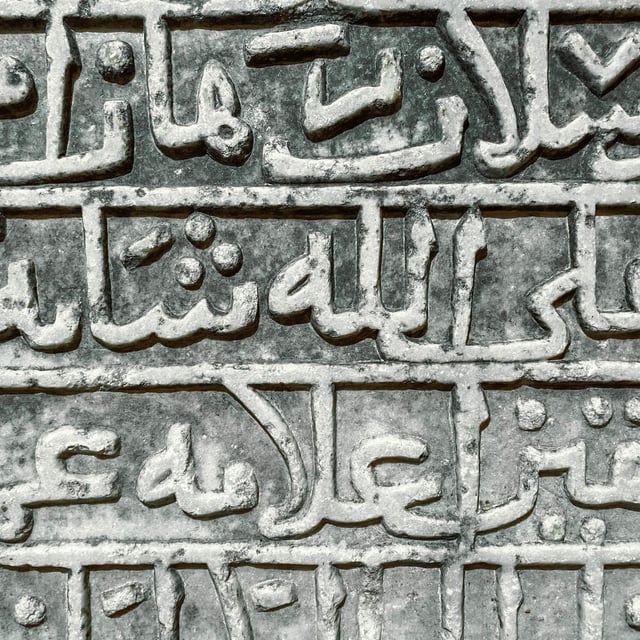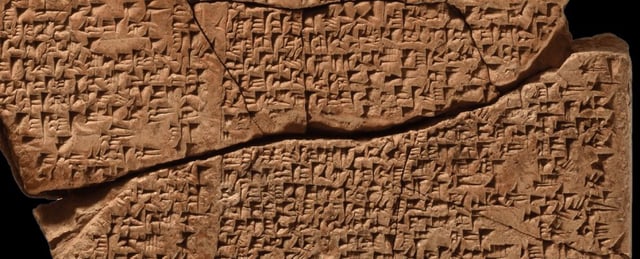Overview
- An AI-supported platform identified 30 additional cuneiform manuscripts from Sippar Library fragments to fill previously missing hymn passages
- Researchers fully deciphered the hymn’s 250 lines, which celebrate Babylon’s grand architecture and the life-giving flow of the Euphrates in spring
- The text contains unprecedented descriptions of women serving as priestesses, detailing their religious roles and associated tasks
- Numerous school-copied manuscripts reveal the hymn’s widespread use in ancient Mesopotamian education and its cultural prominence
- Teams from LMU Munich and the University of Baghdad will continue using AI-driven digitization to refine damaged sections and survey global cuneiform collections

